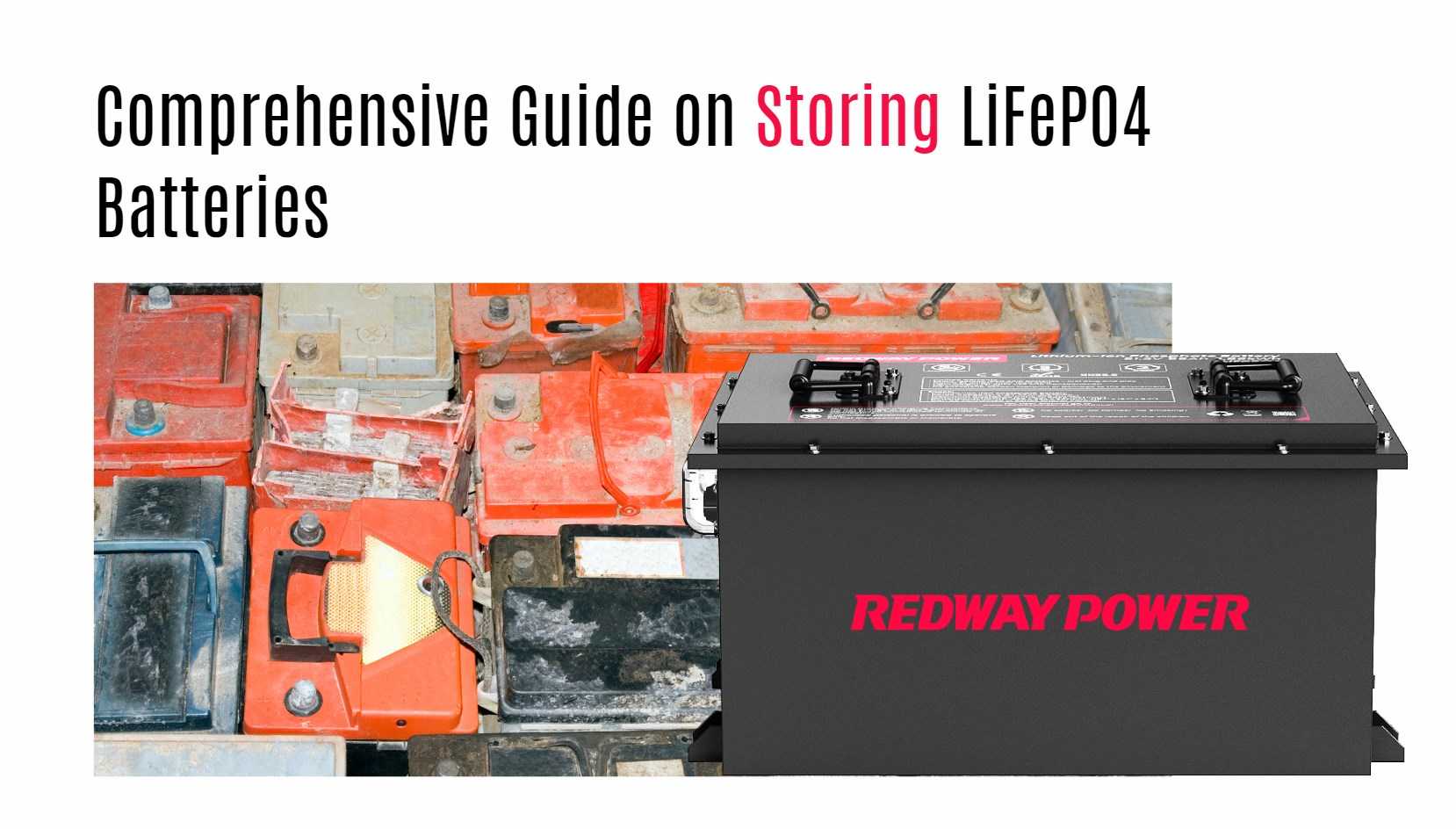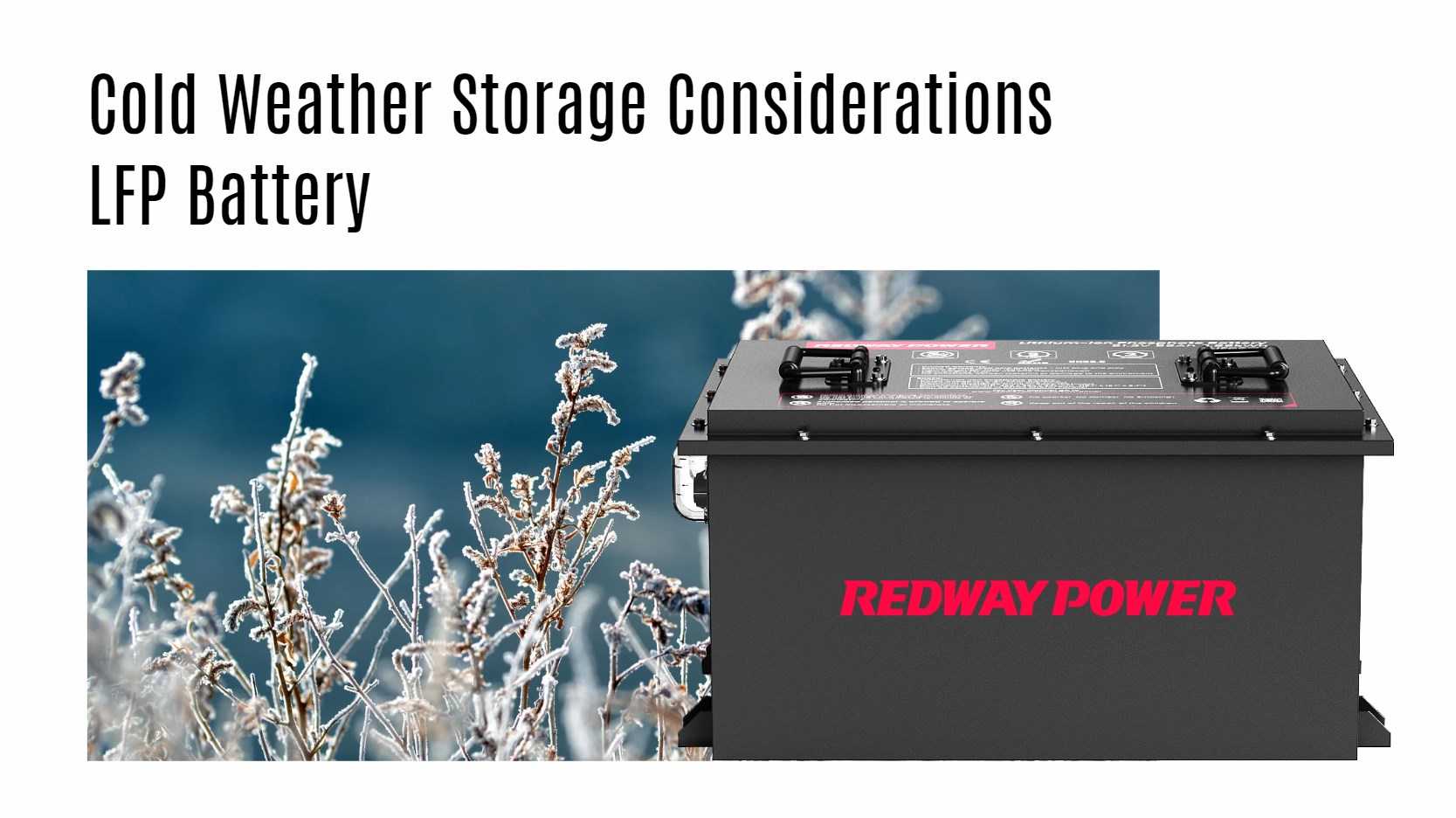Storing LiFePO4 (Lithium Iron Phosphate) batteries correctly is crucial for maximizing their performance and longevity. This comprehensive guide provides in-depth insights into the best practices for storing LiFePO4 batteries, including optimal storage conditions, techniques, and essential precautions. Follow these expert recommendations to ensure your batteries remain safe, efficient, and durable.
Understanding LiFePO4 Batteries
LiFePO4 batteries are renowned for their stability, safety, and extended cycle life. They are commonly used in various applications, from renewable energy systems to electric vehicles. Despite their advantages, improper storage can significantly impact their performance and lifespan.
Importance of Proper Storage
Proper storage is vital for LiFePO4 batteries to maintain their chemical stability and performance. Effective storage practices help prevent issues such as capacity loss, overheating, and degradation. By adhering to the recommended guidelines, you can extend the service life of your batteries and ensure their safe operation.
Ideal Storage Temperatures
Optimal Temperature Range
The ideal storage temperature for LiFePO4 batteries is between 20°C and 25°C (68°F and 77°F). Storing batteries within this temperature range helps to minimize self-discharge rates and chemical degradation. Extreme temperatures can negatively affect the battery’s capacity and overall health.
Effects of High Temperatures
Exposing LiFePO4 batteries to temperatures above 30°C (86°F) can accelerate aging and capacity loss. High temperatures may also increase the risk of thermal runaway, which can lead to hazardous situations.
Effects of Low Temperatures
On the other hand, storing batteries in temperatures below 0°C (32°F) can cause the electrolyte to become more viscous, potentially affecting the battery’s performance. Although LiFePO4 batteries are more resilient to cold temperatures compared to other lithium batteries, it is still advisable to avoid extreme cold.
Techniques for Storing LiFePO4 Batteries
Ensure a Clean and Dry Environment
Before storing your LiFePO4 batteries, ensure that they are clean and free from any corrosion or dirt. Dust and moisture can adversely affect the battery terminals and overall performance. Store the batteries in a dry environment to prevent moisture accumulation and potential short-circuiting.
Maintain a Partial Charge
For long-term storage, it is recommended to store LiFePO4 batteries at a 40% to 60% state of charge (SoC). This range is optimal for preserving the battery’s capacity and chemical balance. Avoid storing the batteries in a fully charged or fully discharged state.
Disconnect Battery Terminals
To further enhance safety and battery longevity, disconnect the battery terminals before storing the batteries. This prevents unintended current flow and potential short-circuits. Use non-conductive materials to cover the terminals if necessary.
Avoid Trickle Charging
Do not leave LiFePO4 batteries connected to a trickle charger during storage. Trickle charging can lead to overcharging, which may damage the battery or reduce its lifespan. If periodic charging is necessary, use a proper battery management system.
Storing LiFePO4 Batteries in Extreme Weather Conditions
In Hot Weather
During hot weather, store your LiFePO4 batteries in a cool, shaded area away from direct sunlight. High temperatures can cause the batteries to overheat, leading to potential performance issues and shortened lifespan. Consider using ventilated storage units or insulated enclosures to maintain a stable temperature.
In Cold Weather
In cold weather, keep your LiFePO4 batteries insulated from extreme temperatures. Use insulated storage boxes or heating pads if necessary to maintain an optimal temperature. Avoid placing batteries in unheated garages or outdoor storage areas where temperatures can drop significantly.
Monitoring Battery Behavior
Regularly monitor the voltage and state of charge of your stored LiFePO4 batteries. This helps to identify any potential issues early and ensures that the batteries are maintained in good condition. Use a reliable battery monitoring system or voltage meter for accurate readings.
Turning Off Batteries
When not in use, turn off the batteries to prevent any unnecessary power consumption or self-discharge. Ensure that all connected devices are also powered off to avoid battery drain.
Conclusion
Properly storing LiFePO4 batteries is essential for preserving their performance and extending their lifespan. By adhering to the recommended storage temperatures, techniques, and precautions, you can ensure that your batteries remain in optimal condition. Follow these expert guidelines to protect your investment and enjoy reliable, long-lasting battery performance.





